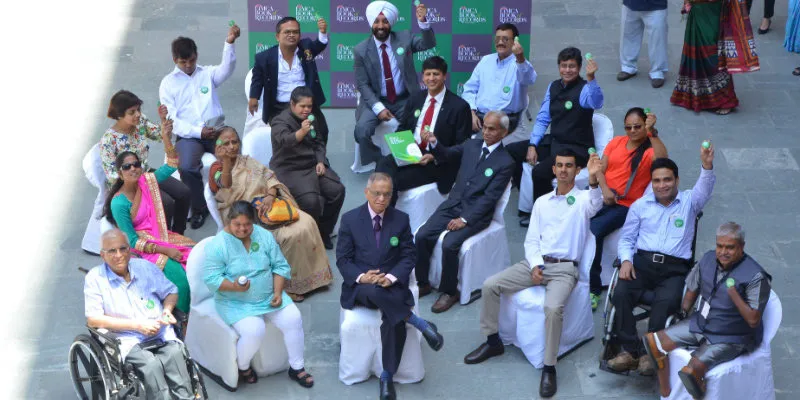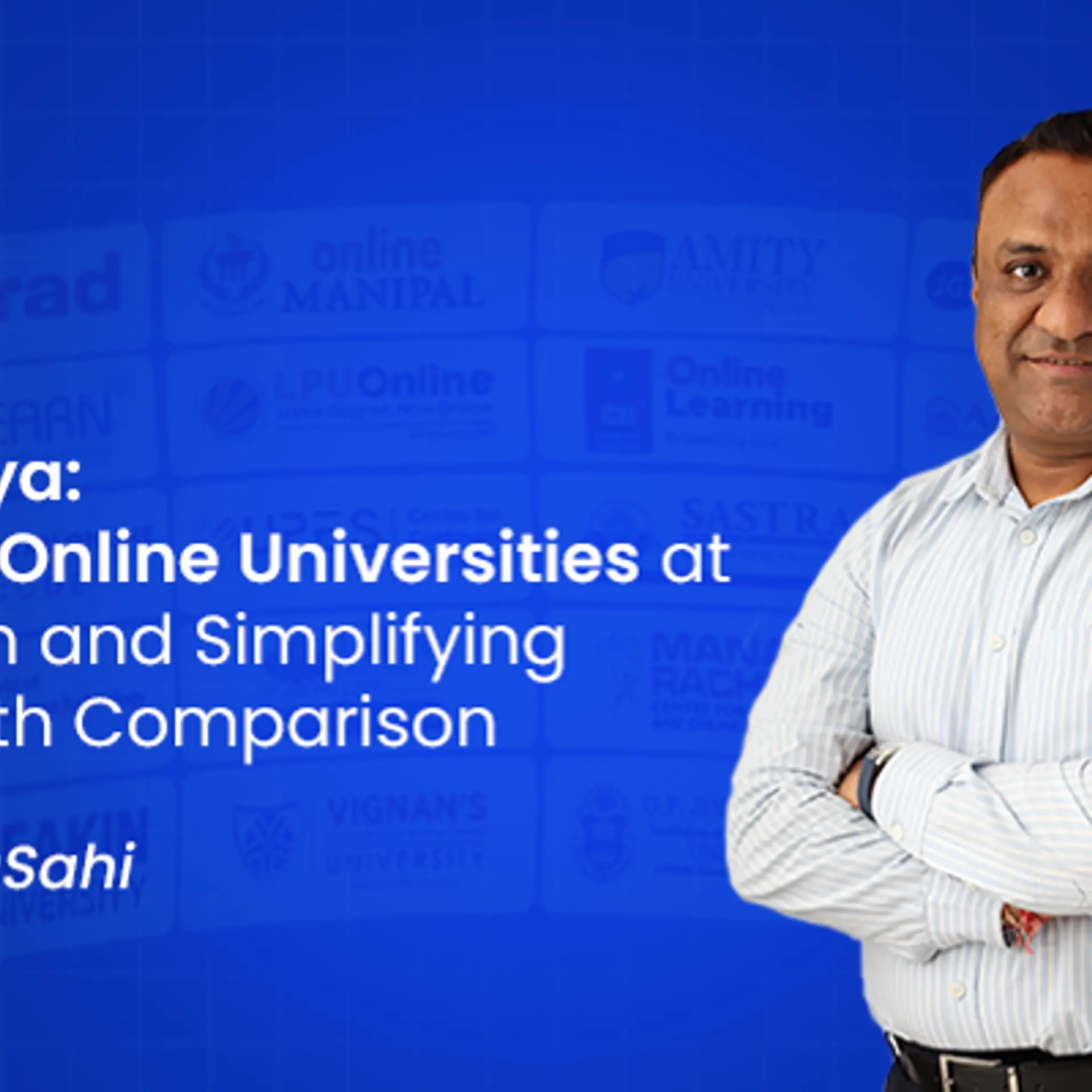How these persons with disabilities win the battle against the world
Arunima Sinha, a former national volleyball player, proved that one need not have two feet to scale the tallest mountain in the world. She had lost a leg in a train accident in April 2011, but it didn’t crush her will. In 2013, she scaled Mount Everest and became the first female Indian amputee to do so.
There are others too who possess such unflinching grit. Here’s a list of such extraordinary people who have, with their feats, set an example for others, so much so that this year the Limca Book of World Records honoured them by creating a new category, Special-Abled, and awarded them as People of the Year.

Arunima Sinha
Amputee Arunima lost a leg in a train accident in April 2011; while recuperating in hospital, she decided to do something that would set an example for others — defy the odds and conquer Everest. In 2013, she scaled the treacherous peak. A year later, she was presented the Amazing Indian Award by Dr APJ Abdul Kalam. In 2015, she received the Tenzing Norgay Award from President Pranab Mukherjee. The same year, she was awarded the Padma Shri, the fourth highest civilian award of India. She has also written a book ‘Born again on the mountain’, which was launched by Prime Minister Narendra Modi in December 2014.
K S Rajanna
Rajanna lost both his legs and hands to polio when he just a child. However, his disabilities didn’t take away his determination to make his life extraordinary. In 2002 Paralympics, he won accolades for India, bagging the gold medal in discus throw and a silver medal in swimming. He is also a diploma holder in mechanical engineering. In 2013, he was appointed as Commissioner for the Disabled. He also runs his own enterprise and has provided employment to 350 persons, including the physically-challenged.
Zamir Dhale
Zamir is visually challenged, and has hearing and speech impairments. However, he hasn’t let his disabilities make him into a person that people have to feel sorry for. Zamir is SSC pass and is highly tech-savvy. He communicates using a special software on his laptop/mobile. He uses his Braille machine to understand the written word and is active on social networking platforms as well. Working as a consultant with Sense International-India, he is actively involved in developing and implementing advocacy plans. He also heads Udaan, a national network for adults with hearing and multisensory impairments and the visually challenged people in India.
Radhika Chand
Although born with Down Syndrome, Radhika never let the condition affect her quality of life. She studied in special schools in Delhi, Hong Kong and Sydney. In Sydney, she started painting, using a combination of water colours and acrylic. She has had ten solo exhibitions since 1992 and participated in several group shows. She has been associated with the Vasant Valley School Delhi for over 20 years. In 2012, she was conferred the NCPEDP – Shell Hellen Keller award for helping to create opportunities for employment for persons with disabilities.
Ranveer Singh Saini
Fourteen-year-old Ranveer, autistic by birth, created history by becoming the first Indian to win a gold medal at Special Olympics World Games 2015, held at Los Angeles. The Gurgaon-based teenager was diagnosed with autism, a neurological disorder characterised by impaired social interaction, at the age of two. He took to the sport at the age of nine. In 2013, Saini had won two gold medals at Special Olympics Asia-Pacific Golf International in Macau.
Saylee Nandkishor Agavane
Saylee was diagnosed with mild mental retardation at birth but completed her studies. She started learning Kathak at the age of nine. Later, she joined Shiamak Davar’s dance institute in 2007, for training in contemporary dance forms. She has been performing in various dance competitions since. In 2010, Saylee won a bronze medal at the 8th Global Olympiad Dance Competition in Bangkok.
Dr Suresh Advani
At the age of eight, Suresh Advani was struck by polio, which led to a paralysis of his lower limbs. Back in 1965, after finishing school — at that time it was the inter-college degree — he applied for admission to medicine at Grant Medical College, but was rejected. In the late 60s, he was denied a ‘house job’ — the supervised clinical training session for final-year MBBS students — at Mumbai’s Grant Hospital. Dr. Advani is now known to be the first oncologist in India to have successfully done a bone-marrow transplant. He transplanted bone marrow into a nine-year-old girl down with myeloid leukaemia, from her brother. His contribution in the field won him many awards, including the Dhanvantari Award and Padma Shri in 2002 and Padma Bhushan in 2012.
KY Venkatesh
Venkatesh is vertically challenged. At 4 ft 2 inches tall, he had to face lots of difficulties, but he braved it all and decided to excel in sports, startingoff with chess in school. In 2005, he became the first Indian athlete to represent India at the fourth World Dwarf Games. He won six medals — two gold, one silver and three bronze — in athletics and badminton games. He is also the secretary of the Dwarf Sports Association of India.
Aayushi Pareek
Despite being visually challenged, Aayushi competed LLB at 19 years and LLM at 21 years and became the first visually-challenged advocate enrolled at the Rajasthan High Court. In November 2012, she became the youngest and first visually-challenged woman to be admitted to the Bar Council of Rajasthan.
Ashwini Angadi
Born visually challenged in a poor rural family in Karnataka, Ashwini experienced discrimination, physical and mental abuse as a child due to her disability. Despite these odds she graduated in 2012 at the top of her class, and received the UN Special Envoy for Global Education Youth Courage Award in 2013 for her work with disabled people. After working as a national facilitator for the Young Voices Project she set up the Ashwini Angadi Trust, under which she runs Belaku Academy for young visually-challenged girls.
Akbar Khan
Born visually impaired in a poor family in Rajasthan, Akbar managed to continue his studies with the support of his older brother who was also visually-impaired. He excelled in his studies and was the first visually-impaired candidate to qualify in the SSC Hindi shorthand and stenography examination. Currently a senior manager with Punjab National Bank, Akbar is also a singer and composer, with many stage performances and over 50 music compositions. In 1989, he received the National Award for being the most efficient handicapped employee.
Javed Ahmad Tak
Bruised and maimed by a militant attack in Kashmir in 1996, which left him a wheelchair-bound paraplegic with 100 percent disability, along with a host of other problems, Javed turned his adversity into a mission. He started Humanity Welfare Organization Helpline, an organisation that caters to the needs of people with disabilities and creates awareness through sensitisation programmes. His legal activism has restored several rights of the disabled in the State. He received the national award for working for Welfare of Persons with Disabilities in 2004, and many other honours.
Rajive Raturi
While working in the corporate sector in Kenya, Rajive suffered a bullet injury that blinded him completely. After recuperating, he rejoined the corporate sector and then moved onto the disability sector, where he has been working for 13 years with disability rights as his core area. He has worked towards building legal knowledge of rights of persons with disabilities, supporting their advocacy by providing legal service and aid. Rajive has challenged systemic violations by filing PILs in High Courts and the Supreme Court. In 2010, Ministry of Social Justice and Empowerment nominated him to an expert committee constituted to draft a new disability law.
Major Devender Pal Singh
Major Singh, who lost his right leg during the Kargil War and suffered partial hearing loss and internal derangement of his left knee, has been finding joy in running marathons with blade orostherics since 2009. Starting with his first half marathon in Delhi on November 1, 2009, he has participated in many such races. He has also achieved a feat by trekking up to 10,000 ft.
These personalities have shown the world how to deal with difficulties and challenges of life. The achievement of each individual in the list is remarkable. They have proved that their ability is stronger than their disability. As Scott Hamilton said, “The only disability in life is a bad attitude.”







